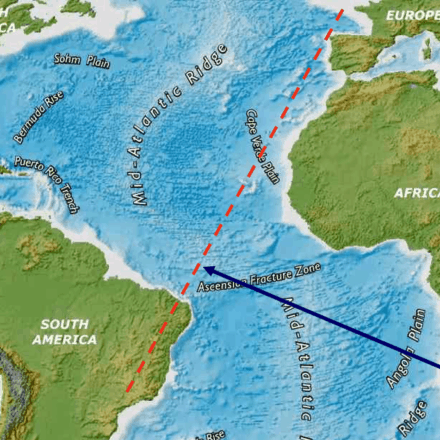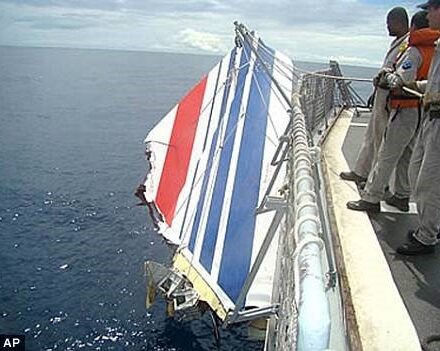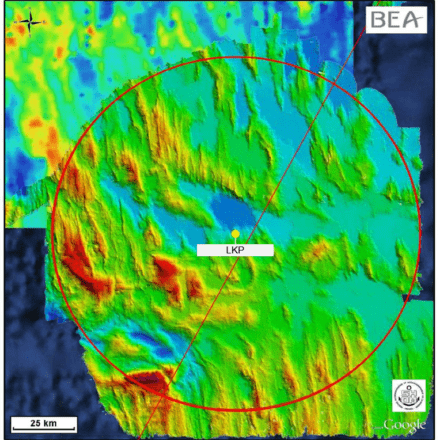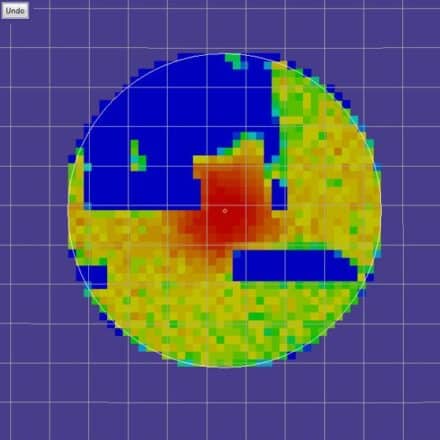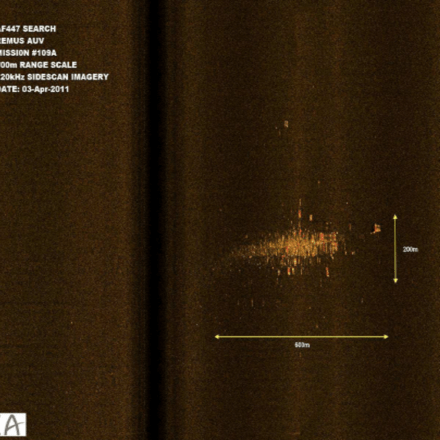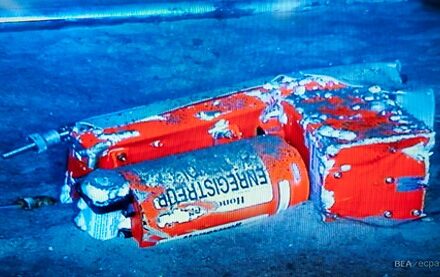Finding the Lost Flight: The Search for Air France 447
- Explore:
- Overview
- Project Timeline
- Impact
- Core Capabilities
On June 1, 2009, Air France Flight 447 disappeared during an overnight flight from Rio to Paris. Metron produced the probability map that guided searchers to the location of the wreckage.
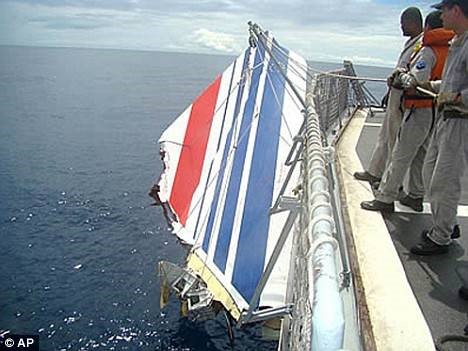
The loss of Air France Flight 447 with 228 passengers and crew kicked off an intense search on the surface for possible survivors and an extensive underwater search for the aircraft wreckage.
After two years of unsuccessful search, Metron was tasked by the Bureau d’Enquêtes et d’Analyses pour la Sécurité de l’Aviation Civile (BEA), the French equivalent of the US National Transportation Safety Board (NTSB), to a produce a probability map for the location of the Airbus A330.
Working closely with the BEA, Metron analysts leveraged Bayesian statistics to summarize and incorporate all prior search efforts and generate probability maps characterizing each search phase. The final probability map Metron created guided the search team to the wreckage location in a matter of days.
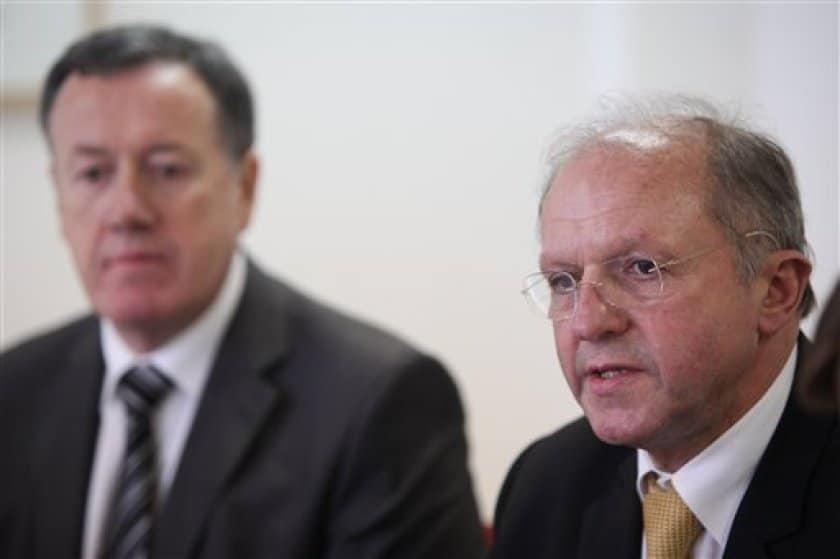
Our Impact
“This [Metron] study published on the BEA website on 20 January 2011, indicated a strong possibility for discovery of the wreckage near the center of the [search area] circle. It was in this area that it was in fact discovered after one week of exploration …”
Core Capabilities
Our Expertise
Metron’s Advanced Mathematics Applications (AMA) Division led the way in the use of Bayesian statistics to incorporate all information, including unsuccessful searches, into a posterior probability map. We provided this map to the BEA and it guided searchers to the location of the wreckage of Air France Flight 447.
Analytics
Metron's analytics team develops tools to process massive amounts of data, helping our client make sense of their numbers.
Explore AnalyticsDecision Support
Metron builds decision-support systems that help operators make the best possible decision even in chaotic situations with ambiguous information.
Explore Decision SupportKey Contributor
Dr. Lawrence D. Stone
Bayesian Search Theory Expert
Dr. Stone joined Metron in 1986. He became the chief operating officer in 1990 and the chief executive officer in 2004. In 2010 he returned to primarily technical work as the chief scientist. He is the author of The Theory of Optimal Search, which won the prestigious Lanchester Prize for the best work in Operations Research in 1975. He is co-author of the 2014 book Bayesian Multiple Target Tracking 2nd Ed. and the 2016 book Optimal Search for Moving Targets. Dr Stone led the Metron team in the successful search for the missing Air France flight 447. He also performed Bayesian analysis leading to the discovery of the SS Central America off the coast of South Carolina in 1987 and conducted on-scene analysis for the US Navy in the search for the submarine Scorpion off the Azores in 1968.
Key Contributor
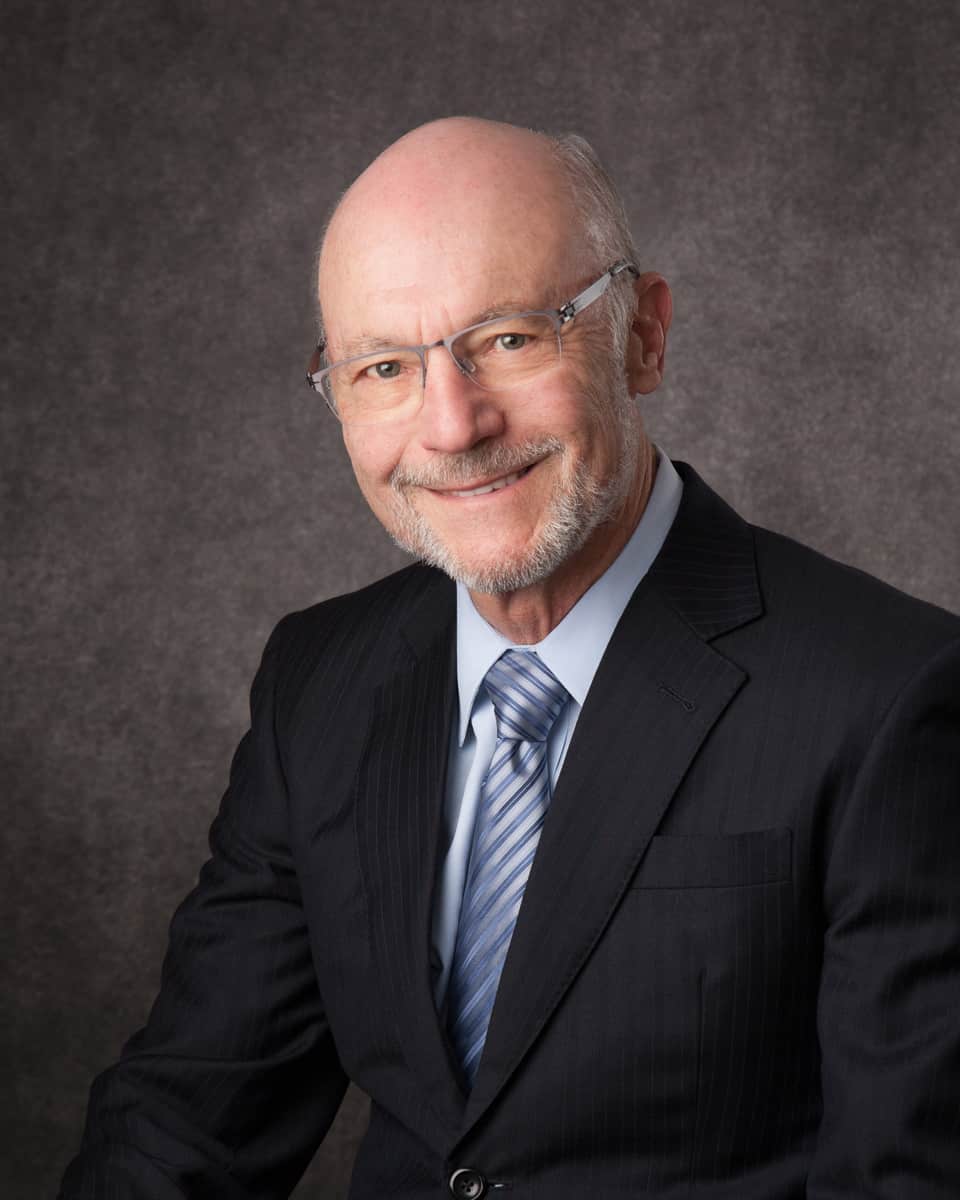
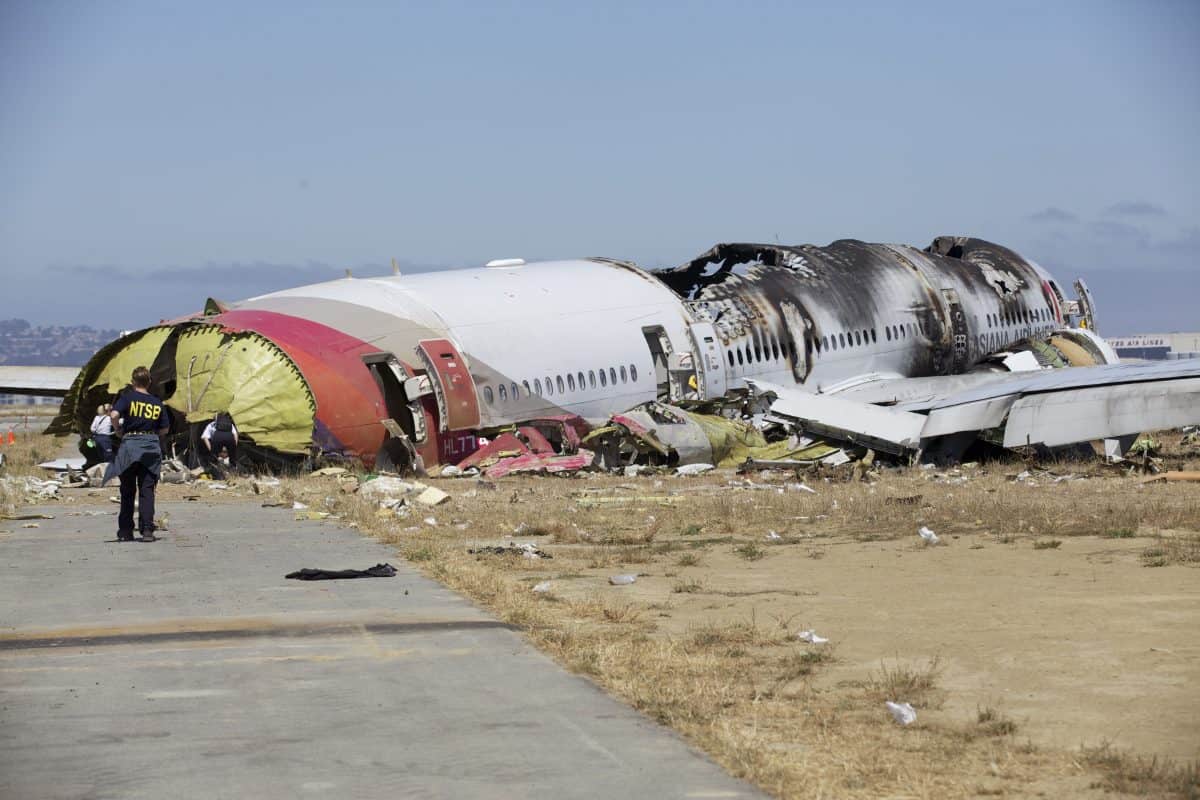
Next Project
Aircraft Flight Analytics
Metron develops software for NASA and industry partners providing historical and real-time anomaly detection of airline flights as well as real-time predictions of flight and evolving airspace behaviors.

